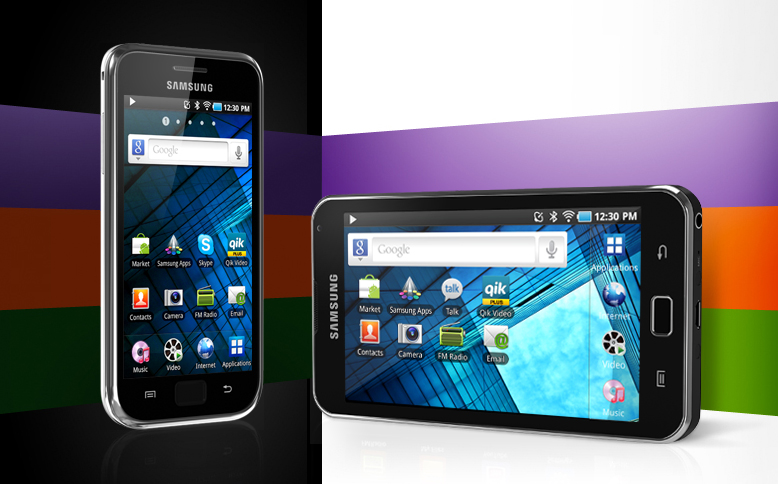As smartphone adoption accelerates, mobile app revenue keeps pace

Two new research reports this week show that the smartphone market is still gaining steam.
To begin, if you think mobile applications are a distraction for your company, consider the following:
- Smartphones are expected to increase from 23 percent of total phone shipments in 2010 to more than 45 percent in 2015.
- Downloads of mobile apps will approach 48 billion by that year.
At an average of $2.50 paid for each mobile app, that's some serious coin.
Those figures are according to a new In-Stat report, which claims that the numbers add up to more than $29 billion in just four years.
A few morsels from the report to chew on:
- At the close of last year, the number of applications in the Apple App Store reached 350,000. The Android Market reached 80,000.
- It's not just about 3G: almost half of survey respondents report downloading applications over Wi-Fi, showing considerable potential for more revenue to be squeezed from the tablet/e-reader/music player area.
Similarly, IMS Research this morning published its own report on the subject, instead focusing on the winners and losers in the race to get smartphones in the hands of consumers worldwide.
IMS predicts that sales of smartphones will exceed 420 million devices by the end of this year alone, accounting for almost 28 percent of the entire global handset market. The acceleration is so great that IMS predicts more than one billion in annual global sales by the end of 2016.
The fuel behind the growth? Entry-level smartphones that carry a low price tag but require a data plan.
But not every handset maker will come out on top. At biggest risk: traditional market leaders like Nokia, whose share has dropped so precipitously in recent months that it dropped the Symbian operating system for Microsoft's Windows Phone platform.
But Apple isn't the only success in the field; Samsung has managed to straddle the fence as both a traditional market leader and a company experiencing steady growth -- a 10 percent increase in market share between 2010 and 2011 -- for its Android- and Windows Phone-based handsets.
The bottom line for all this? Competition in the mobile space is heating up like never before, driving down prices for consumers and raising the stakes for a successful product in a saturated marketplace. (After all, someone's going to have to figure out a new business model when the margins shrink to almost nothing.)
May the best monetization scheme win.
